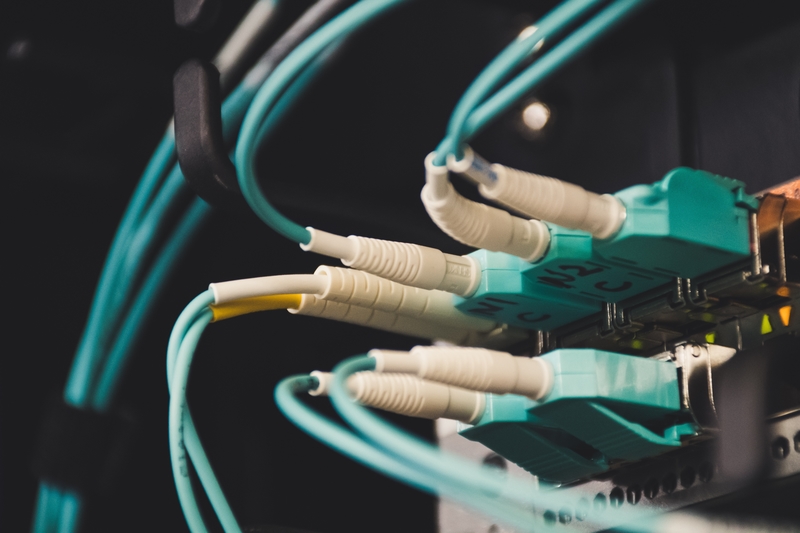
A recent report noted that the all-new fifth generation (5G) mobile technology which promises ultrafast speeds and low latency can open up innovation opportunities in various sectors.
The Malaysian Communications and Multimedia Commission’s (MCMC) Digital Sector Technology & Standards Division Chief noted that while the technology was still in its introductory stage in the country, it should be seen as an opportunity for all parties to move forward with technology.
For example, in agriculture, it has been observed that technology and the Internet of Things (IoT) can increase productivity. There are drones that can be used to spray fertilisers and this can greatly reduce the cost of manpower and human resources.
By investing in and employing this technology, farmers can ‘upgrade’ themselves and consequently achieve better yields.
Moreover, the Chief noted that there were three key features offered by the 5G technology, namely ‘enhanced mobile broadband’ or high-speed data, ‘ultra-reliable low-latency’ or fast response; and ‘massive machine-type communication’ that can connect one million devices within one square-kilometre.
Based on these three important aspects, it was noted that there were many applications for the new technology, which would also help realise the Industrial Revolution 4.0 in Malaysia.
The introduction of 5G technology is part of the government’s National Optical Fibre and Connectivity Plan (NFCP) to provide people with a sustainable, comprehensive, high-quality and affordable digital connectivity.
In November 2018, the MCMC had set up a national 5G task force with key stakeholders and industry players, specifically for reviewing and recommending a holistic strategy for the implementation of 5G.
A showcase on what is possible with the new technology will be held in Putrajaya later in April 2019. A 5G-related test launch will take place on 18 April 2019, scheduled to be officiated by the Malaysian Prime Minister, while exhibitions will be opened to the public on 20 April 2019.
The National Optical Fibre and Connectivity Plan (NFCP)
The NFC Plan was released by the Government in October 2018. The plan was developed in response to the urgent need, among others, to improve broadband quality and coverage, reduce the broadband price, enable Internet access for all, and expand fibre networks.
The communications infrastructure must be able to support the needs of the country in this digital era and enable all Malaysians to harness the vast opportunities offered by new technologies and innovations.
The NFCP is intended to provide clarity in terms of strategic direction for the implementation policies/initiatives that support the digital economy, whilst creating a conducive environment to facilitate the adoption of future technologies.
The overall implementation timeline of the NFCP will be for five (5) years until 2023.
Malaysia’s 5G spectrum biddings are not for profit
Another report noted that the Malaysian government does not expect to profit from the 5G spectrum that will be assigned to mobile operators and is expected to reveal the timeline for doing so by October 2019, key officials confirmed.
The chairman of the MCMC stated that 5G has a “clear economic impact” in Malaysia and that the government is committed to delivering on its promise stated in its NFC Plan.
Deploying 5G will be part of the wider plan of the NFCP, among which is to enable 98% of populated areas in the country with [at least] 30Mbps broadband speeds. The new government’s stand on spectrum assignment is that it does not intend to make money from 5G from auctions or biddings per se.
The approach to 5G spectrum assignment is very different from what MCMC had gone through with 3G and 4G, which merely emphasises pure connectivity. We need to step out of the previous 3G/4G paradigm and look at 5G as a game changer in a fourth industrial revolution world.
The broad goal of the NFCP is to provide a robust, pervasive, high quality, and affordable connectivity aimed at improving the well-being of citizens and boosting the economic progress of Malaysians.
















